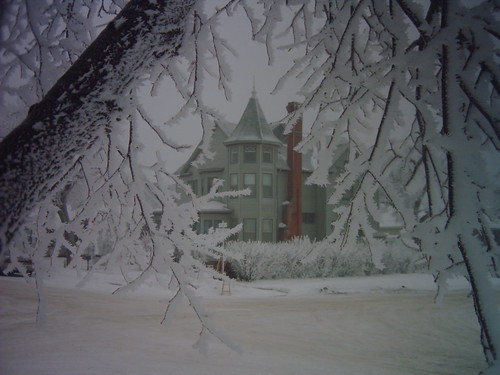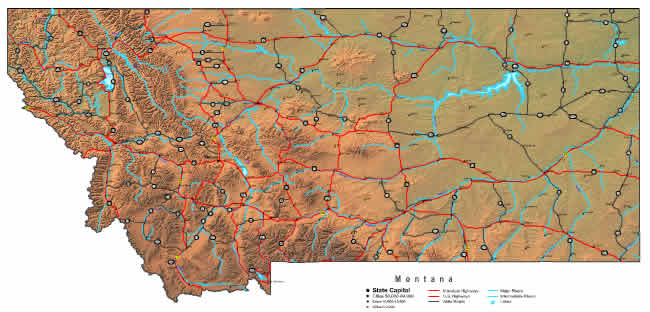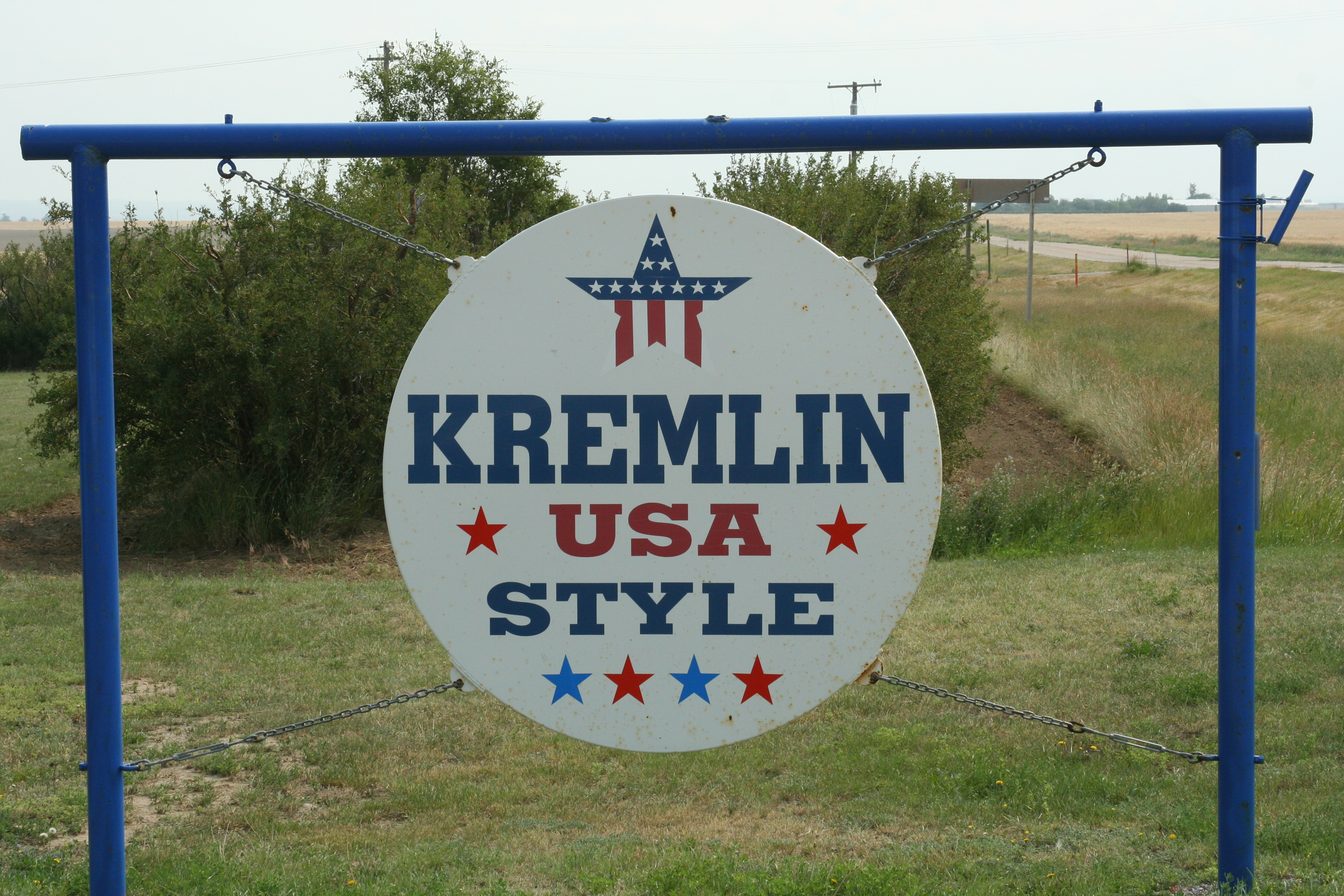Blue Highways: New London, Connecticut
Unfolding the Map
 I heard something that shocked me recently. Those children born 18 years ago have most likely never known cars with anything other than a CD player. Being 48 years old, I remember 45 rpm records. I also remember the Cold War. Something as distant in time as those events and the threat of nuclear annihilation only registers on the minds of those younger than 30 if they read it in history books. About 10 years ago, a young friend, then in her early 20s, asked my wife "so what was this Berlin Wall thing all about?" For those of us that lived in the Cold War and remember, it was a shadow of terror over our lives that were otherwise lived normally. This post, as we wait with William Least Heat-Moon (LHM) for a ferry in New London, remembers some of that time period. To pinpoint New London, target the map.
I heard something that shocked me recently. Those children born 18 years ago have most likely never known cars with anything other than a CD player. Being 48 years old, I remember 45 rpm records. I also remember the Cold War. Something as distant in time as those events and the threat of nuclear annihilation only registers on the minds of those younger than 30 if they read it in history books. About 10 years ago, a young friend, then in her early 20s, asked my wife "so what was this Berlin Wall thing all about?" For those of us that lived in the Cold War and remember, it was a shadow of terror over our lives that were otherwise lived normally. This post, as we wait with William Least Heat-Moon (LHM) for a ferry in New London, remembers some of that time period. To pinpoint New London, target the map.
Book Quote
"...I asked where they built the submarines, and he pointed to a dagger of a shadow. 'That black thing is the Ohio. She's the first Trident. The orange bull on blocks is the Michigan.'
"'How can anything that big move under water?'
"'They're longer than the Washington Monument. The Ohio will carry twenty-four missiles, each one with a dozen warheads: two hundered eighty-eight atomic explosions. One hell of a bitch with twelve sisters coming along behind at a billion dollars each.' He offered a Chiclet. 'They used to name battleships after states because they were the dreadnaughts of the sea, but there's your dreadnaughts of the next war.'
"'....You think war is finished? Whatever peace we'll know will come because of things like those devils...Those Tridents are the new Peacemakers...'"
Blue Highways: Part 9, Chapter 6
 New London, Connecticut. Photo by Ralph Thayer and hosted at Wikipedia. Click on photo to go to host page.
New London, Connecticut. Photo by Ralph Thayer and hosted at Wikipedia. Click on photo to go to host page.
New London, Connecticut
Recently, on a work trip to San Diego, I took time out from the conference I was attending to spend some time at the Maritime Museum with my wife. The harbor's star attraction was the USS Midway, a decommissioned and historically important aircraft carrier. But for me, the highlight of the visit was a tour of a decommissioned Soviet submarine.
I've been, at least somewhat, a fan of submarine films. Movies like Das Boot, The Hunt for Red October and U-571 are filled with drama and tension. I suppose such tension comes with the tight, cramped and even claustrophobic environment of a long metal tube submerged for days and weeks beneath the surface of a deep, dark and unforgiving ocean. One mistake, one faulty rivet or plate, or one engine (or nowadays nuclear reactor) accident could mean a cold, dark and unpleasant death. In wartime, the stakes and terror can be even higher, and death could come in the form of a torpedo or a depth charge.
The most recent movie I saw on submarines, K-19: The Widowmaker, was about a Soviet submarine much like the one I toured in San Diego. But only by going into such a submarine can one really get a sense of the conditions in one. Touring through the sub, I understood why the pay was greater and the honors greater than in other parts of the Soviet Navy. Pipes and valves stick out in odd places, guaranteeing that if you don't watch your head you will probably crack it open on something. There were cramped toilets where the sailors had only weekly shower privileges. Other features: a tiny kitchen with a cook trying to stretch stores as far as they will go, helping men forget with an unauthorized shot of vodka or beer; miniscule berths that sailors shared - one used the berth and slept while the other did his duty; everywhere the smell of diesel and hot machinery. When I did my tour, I realized that the mother and her son passing through the sub behind me were Russian, and they spoke Russian with each other while looking into cabins and berths. I closed my eyes and imagined that where once a chorus of Russian voices filled that ship, the strains of Russian now probably echoed infrequently off the inner hull.
It is easy to forget, or not even realize, that from the end of World War II until 1989 the world was at the mercy such metal tubes, whether they rode under the waves or rocketed through the air. As my studies in international relations remind me, many scholars believe that these engines of war were what saved humanity. Submarines and missiles, goes the argument, were what kept the peace between two of the most powerful nations the world has ever seen. Such subs. loaded with nuclear missiles and nuclear-tipped torpedoes, were the trump card of the Cold War. If a devastating attack was launched, even if the enemy was taken by complete surprise and completely annhilated, its subs could launch a similarly devastating counterattack from off the coasts, destroying the other nation in a matter of minutes.
That was the world I grew up under - nations held hostage to peace under the threat of weapons of mass destruction pointed at each other. It was called a peace, but it was a damn frightening peace. Just as two gunslingers, hands at their sides, face each other in the dusty street in movies about the Old West, the United States and Soviet Union stared each other down, weapons in plain sight, each knowing what the other was capable of, each waiting for one to either move or back down. Think of the Cuban Missile Crisis, where the Soviets decided to station nuclear missiles in their ally Cuba, and the United States responding with a blockade. It was steely-eyed feint and counter-feint, each probing for weakness and backing off if there would be disadvantaged. For almost five decades, these gunslingers, the US and the Soviets, faced each other until finally, the Soviets blinked, turned and walked into the sunset.
But we who grew up under this peace had no idea that, unfathomably, it would end so peacefully. When I was old enough to understand the international situation to a degree, I began to have nightmares involving flashes and mushroom clouds. Nuclear tests were common until banned by international treaty. Small wars often sprung up in far-flung and distant places, leading to sharp words and threats from the United States and the Soviets. The Soviet government was painted as evil and ruthless, the Soviet people were described as dour, wretched, and lost. I thought, like many others, that when the standoff did end, it would end civilization as well. We just didn't know when.
A common phrase taught to me as a child was "believe nothing of what you hear and only half of what you see." When my parents took our family on a cruise to Alaska on a Soviet cruise ship in 1980, I saw Soviets for what they were - people. I even got a crush on our server, a young Russian girl named Larissa. At the time, the Soviets had invaded Afghanistan, and I had trouble reconciling the words of our government condemning the Soviet government and the incredibly friendly people, sharing their rich culture with us, staffing the ship.
My studies taught me that the international drama of the Cold War was, in many ways, carefully stage-managed. Knowing that they faced annihilation and that there would be no winner in a major conflict, the United States and the Soviet Union minimized the opportunities for direct conflict and instead fought through proxies. The argument that these nuclear-armed antagonists deterred each other from direct conflict therefore has much merit.
I often hear the same argument made for arming individuals in our society. The argument goes that if someone knows or suspects that you are armed, they won't harm you because it could lead to harm to themselves. However, there is a difference between national action and individual action. Nations are collectivities of people and therefore the risk of irrational action is less. Nations are rarely impulsive - even the actions of Hitler and the Nazis was a well-thought out plan, and based on self-preservation. All nations will choose self-preservation over destruction - even Nazi Germany made some overtures toward peace at the very end to try to preserve itself.
Individuals, however, can have moments of irrationality with no cultural and collective filter to put the brakes on those thoughts. I think of the times when, in the heat of passion or disappointment or anger, I have done irrational things. The United States and the Soviet Union managed their conflict in a rational manner and usually considered the potential consequences of their decisions carefully. The person who kills, or the person who feels threatened whether or not there is an actual threat, can often behave irrationally and give in to impulsive actions. That's why I cannot buy the argument that a safe society is one where individuals are armed.
But back when I was growing up, I didn't understand such. And I feared, greatly, that one day my life and my world would end in a flash of light. It seems that the chances of that were, and remain, low. I might have more to fear from a greater number of individuals packing heat within my own country than a nation-state packing a nuclear bomb. I hope I never experience either.
Musical Interlude
The first song for the musical interlude is Yo La Tengo's Nuclear War, a remake of a Sun Ra song. I like the images the creator of the video put in to accompany the song, as well as the clip of J. Robert Oppenheimer, lead scientist on the Manhattan Project, at the very end.
Of course, leave it to The Beatles to turn a weapon of destruction into a children's song in Yellow Submarine. The video uses clips from the movie Yellow Submarine, interspersed with footage of swimming Beatles.
If you want to know more about New London
City of New London
Connecticut College
TheDay.com (newspaper)
Mitchell College
United States Coast Guard Academy
Wikipedia: New London
Next up: Orient Point, New York




 Saturday, August 25, 2012 at 3:51PM
Saturday, August 25, 2012 at 3:51PM


